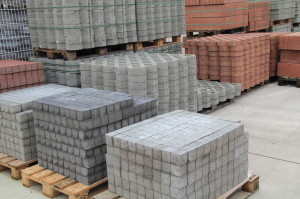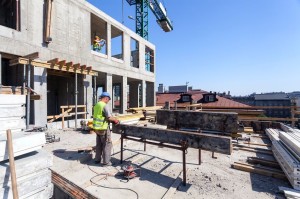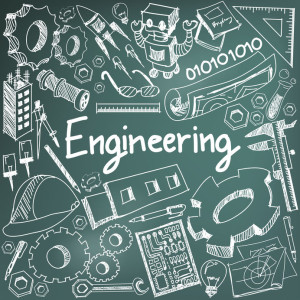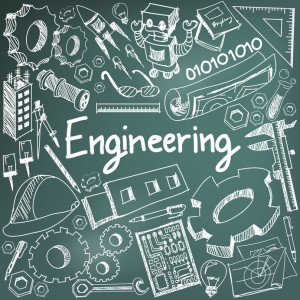The impact of material selection on structural engineering design
 Structural engineering design is an essential aspect of the building construction phase and material selection is one of the most critical decisions. Engineers create structures that can withstand various loads and environmental factors and material selection can determine the structure’s durability, strength, and cost-effectiveness. The choice of materials can significantly impact the building’s overall design, construction and maintenance.
Structural engineering design is an essential aspect of the building construction phase and material selection is one of the most critical decisions. Engineers create structures that can withstand various loads and environmental factors and material selection can determine the structure’s durability, strength, and cost-effectiveness. The choice of materials can significantly impact the building’s overall design, construction and maintenance.
At McNeil Engineering, we consider our materials carefully in each project. In this blog post, we will discuss the impact of material selection on structural engineering so you can better understand why we might make the decisions we do here at McNeil Engineering!
Strength and Durability
The selection of materials plays a crucial role in determining the structure’s strength. For example, in high-rise building construction, reinforced concrete and steel are commonly used due to their high strength and durability. These materials can withstand the high loads and stresses in tall buildings. The choice of materials should be based on the structural load, environmental conditions, and the intended use of the building. In contrast, wood is a popular choice for residential buildings due to its low cost, ease and durability. However, wood may not be suitable for structures exposed to harsh weather conditions or high loads.
Cost-effectiveness
The selection of materials can significantly impact the cost of building construction. Material costs can vary widely depending on the type of material and the quantity required. Therefore, it is essential to choose cost-effective materials without compromising the structural integrity of the building.
For example, precast concrete panels can be more cost-effective than traditional cast-in-place concrete. Precast panels are manufactured off-site, reducing construction time and labor costs. Similarly, steel beams and columns can be more cost-effective than reinforced concrete in certain building types.
Sustainability
Sustainability is an increasingly important consideration in structural engineering design. The selection of materials can have a significant impact on the environmental impact of the building construction. Sustainable materials might be chosen based on their ecological impact, recyclability and durability.
For example, using recycled steel and concrete can reduce the environmental impact of building construction. These materials are recycled from old structures, reducing waste in landfills. Additionally, the use of timber can be a sustainable choice if the wood is sourced from responsibly managed forests.
Aesthetics
The choice of materials can also significantly impact the aesthetic appeal of the building. The selection of materials should be based on the desired architectural style and the intended use of the building. For example, glass and steel can create a modern and sleek aesthetic, while brick and stone can create a traditional and timeless look for the project.
Maintenance
Material selection can also impact the maintenance requirements of the building. Materials prone to corrosion or weathering may require more frequent maintenance, increasing the cost and time needed.
For example, if a building is located in a coastal area, materials that are prone to corrosion, such as steel, may require more frequent maintenance than materials that are more resistant to corrosion, such as aluminum or fiberglass.
Construction Time
The choice of materials can also impact the construction time required for the building. Materials that are easier to handle and install can reduce construction time and labor costs.
Using prefabricated concrete panels could reduce construction time and labor costs, as the panels can be manufactured off-site and transported to the construction site for installation. Similarly, steel beams and columns can be faster to install than reinforced concrete, as steel components are lighter and easier to handle.
It is also worth noting that using innovative materials and construction techniques can lead to new design possibilities and improved opportunities for performance, opening the door to new possibilities in structural engineering. For example, using carbon fiber-reinforced polymer (CFRP) can significantly increase the strength and stiffness of structures. CFRP can reinforce existing structures or as a primary material for new structures. Similarly, using 3D printing technology can allow for the creation of complex geometries and the optimization of material usage, which will be very exciting!
Material selection is a crucial aspect of structural engineering design. The choice of materials can impact almost every part of the building project, including the building’s strength, durability, cost-effectiveness and construction time. Therefore, structural engineers must carefully consider the properties of various materials and select the most appropriate materials for the specific project requirements.
We hope this has helped you understand how important material selection is for our engineers here at McNeil Engineering. If you have an upcoming project that could benefit from our expertise, visit us here and contact a team member today. We’d be happy to discuss an upcoming project for any of our services.









